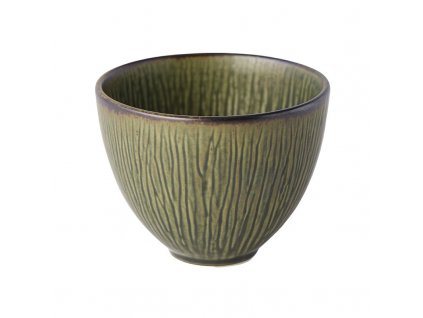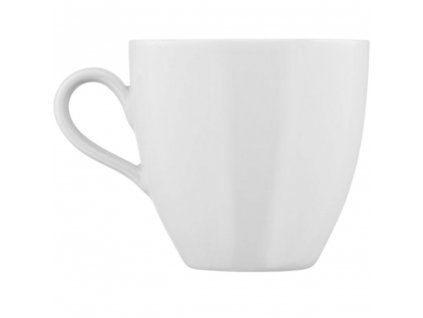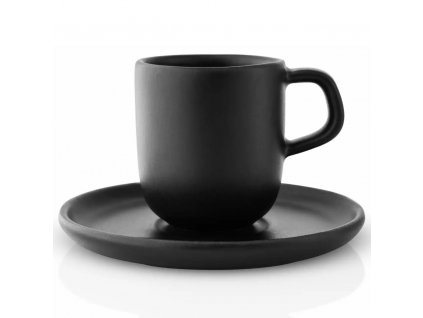cups & saucers
Product sorting
List of products
Cups and saucers – a must-have for your five o'clock tea
What is the origin of the cup and saucer?
The cup and saucer have a long and fascinating history and have been used for serving tea and coffee for centuries. The cup and saucer are said to have originated in China around the 17th century when tea drinking became popular among the higher classes.
Nowadays, cups and saucers are used to serve tea and coffee both at home and in cafés and restaurants around the world.
Teacups and saucers have changed in appearance over time, but their fundamental function remains the same: a small cup for holding hot drinks and a saucer to catch any spills or drips.
In Kulina you can buy cups and saucers from renowned brands like Bitz, Seletti, Viva, and Scandinavia, in all sizes, styles and in different materials.
What is the difference between cups for tea and coffee?
There are some broad distinctions between cups that are made for tea and coffee, while there are no hard and fast rules about which type to use. These are some of the key differences:
- Size and shape: Teacups are usually smaller with a more delicate and thinned shape, while coffee cups are bigger and have a broader and more cylindrical shape.
- Handle: Teacups usually have a short handle that is meant to be grabbed with the fingers, whereas coffee cups have a bigger handle that can be handled with the complete hand.
- Materials: Coffee cups are often made of heavier materials like stoneware or ceramic, but tea cups are sometimes made of more delicate materials like porcelain or bone china.
Generally, the choice of your favourite cup for tea and coffee depends on your personal preferences.
Tea etiquette – how do you mix sugar in a teacup
Tea etiquette refers to a collection of rules and procedures that have historically been used in connection with serving and consuming tea. How sugar is mixed in a teacup is a crucial part of tea etiquette.
Traditionally, after the tea is poured into the tea cup from a teapot, the appropriate amount of sugar is added, the tea is gently stirred with a teaspoon, and then it is tasted to determine whether the tea is sufficiently sweetened.
Tea milk and sugar addiction is mostly a question of taste, thus there is no right or wrong method for doing so. Now that your tea is ready, you can serve it in a cup, mug, or tea/coffee glass.
If you want a little more guidance on the essential items to prepare and serve tea, read our shopping guide to learn more.
.png)
























